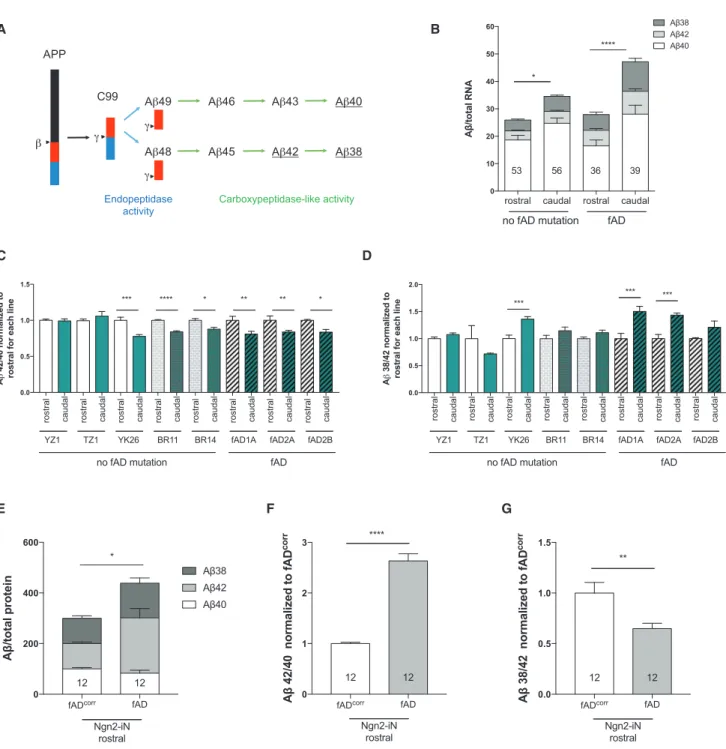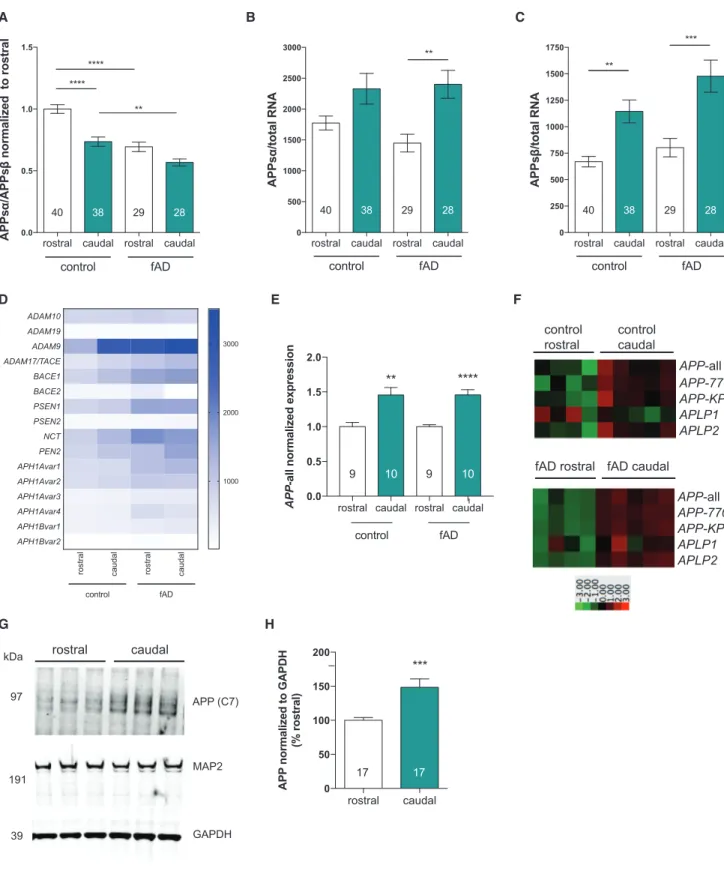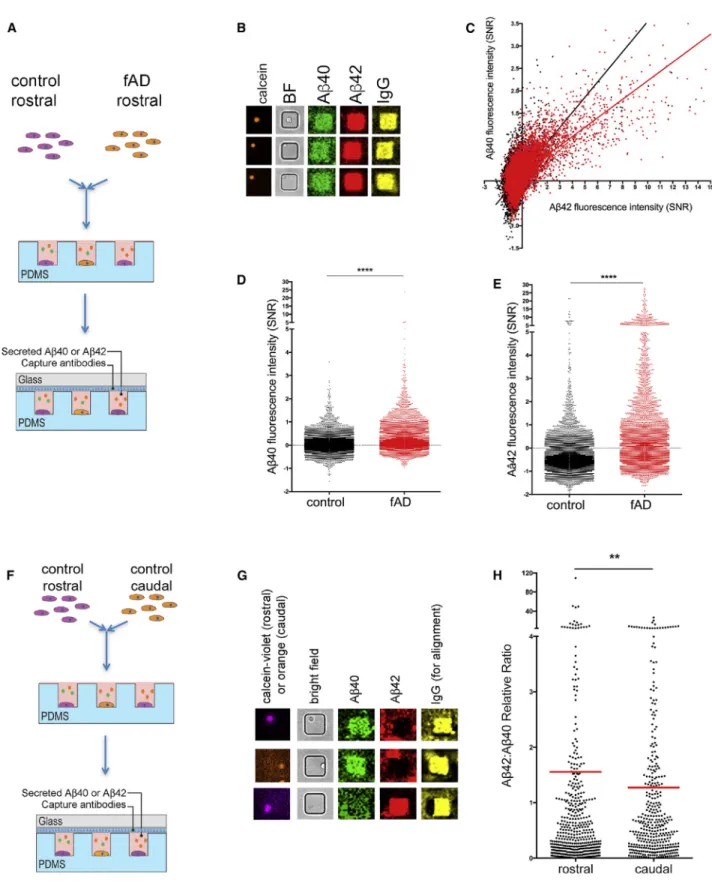Cell-type Dependent Alzheimer's Disease Phenotypes: Probing the Biology of Selective Neuronal Vulnerability
Texte intégral
Figure




Documents relatifs
The KORALB events were generated in the di erent topologies according to the signal and background fractions obtained from the event selection with full detector simulation. The
The hadronic invariant mass scale uncertainty is dominated by the neutral energy and charged particle momentum scale.. Any serious discrepancy between simulation and data would
simulations. The KORALZ generator [9] with the TAUOLA 2.5 decay package [10] was used to produce decays which were passed through a full detector simulation. The branching ratio
Association between USP9 knockdown und alterations in MAPT gene expression in both zebrafish and cell culture model experiments (+ significant correlation in human post mortem
In regard to that observation, the interaction of an antibody with a disordered epitope was proposed to show an asymmetry, in the sense of a sensitivity to modification of
The Michel parameters and the average {neutrino helicity are measured using correlations between the decays of the + and produced on the Z resonance and observed in the
The uncertainties on the ^c AB of the background channels due to the cuts applied to reject that background were estimated from the eects of the cuts on the ^c AB of the event
Table 7: Systematic uncertainties in units of 10 −2 from the following sources: momentum measurement from tracking in the magnetic field (TPC), energy measurement in the ECAL (ECAL),